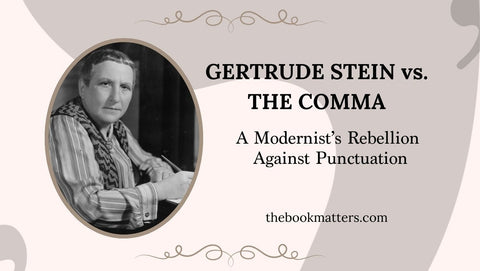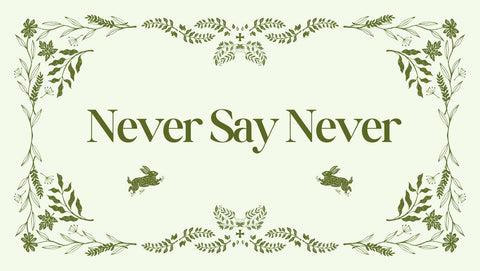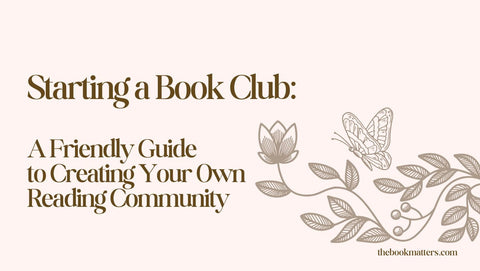When we think of punctuation, most of us think of grammar class: periods, commas, quotation marks—those tiny symbols that help us keep our sentences tidy and clear. But for Gertrude Stein, punctuation wasn’t a helpful tool. It was the enemy.
Yes, really.
This iconic modernist writer believed that punctuation—especially the comma—was a restrictive force that cramped the natural rhythm and creativity of language. She saw it as a kind of dictatorship, and she wanted nothing to do with it.
Let’s dive into what made Stein tick—and why she launched a literary rebellion that still fascinates readers and writers today.
Who Was Gertrude Stein?
Before she was challenging the very structure of written language, Gertrude Stein was carving out a wildly original path through the literary and artistic worlds of the early 20th century.
Born in Pennsylvania in 1874, Stein spent much of her adult life in Paris, where she became a central figure in the city’s bohemian intellectual scene. Her famous salon at 27 rue de Fleurus was a gathering place for artists and writers who would go on to define an era: Ernest Hemingway, F. Scott Fitzgerald, Pablo Picasso, Henri Matisse, and many more.
Stein wasn’t just a writer—she was a cultural force. She collected modern art before it was fashionable, mentored young writers, and developed a unique literary voice that pushed against the norms of storytelling, grammar, and even meaning itself.
Her best-known works include Three Lives, Tender Buttons, The Autobiography of Alice B. Toklas (a playful biography of herself, written in her partner’s voice), and countless essays, poems, and lectures that continue to challenge and inspire.
“Commas Are Servile.”
Gertrude Stein didn’t mince words when it came to her distaste for punctuation. She famously said:
“Commas are servile and they have no life of their own.”
To her, punctuation was not a neutral tool—it was something that forced a structure onto language that didn’t naturally belong there. Why insert a comma just because a rulebook says so?
In her mind, punctuation interrupted the flow of thought and speech. She believed that language should be free to move, repeat, wander, and play. And her writing reflects that belief in some seriously bold ways.
Tender Buttons: A Radical Experiment
If you want to see Stein’s philosophy in action, look no further than her 1914 collection, Tender Buttons. It’s a surreal, stream-of-consciousness book that reads more like abstract art than traditional poetry or prose.
Here’s a snippet from the poem “A Carafe, That is a Blind Glass”:
“A kind in glass and a cousin, a spectacle and nothing strange a single hurt color and an arrangement in a system to pointing. All this and not ordinary, not unordered in not resembling. The difference is spreading.”
No commas to guide you. No conventional structure. Just words, repetition, and rhythm. Stein isn’t telling you what to think—she’s letting language do the thinking.
Another line, from the piece “A Piece of Coffee,” reads:
“More of double. A place in no new table. A single time a single time. A single time.”
Again, no commas. Just repetition and suggestion.
Why Did She Do It?
Stein wasn’t being weird for the sake of weirdness. Her resistance to punctuation came from a deeper desire to reinvent how we read and understand language.
She once said:
“Punctuation is necessary only for the reader. I always know what I mean.”
She didn’t want rules to shape her ideas. She wanted the sound, feel, and motion of words to take center stage—without a comma getting in the way.
Language as Art
Stein’s approach might feel confusing at first, but it’s helpful to think of her less as a conventional storyteller and more as a language artist. She painted with words the way Picasso painted with shapes—breaking things down, rearranging them, and challenging people to look (or read) differently.
She even said:
“If the reader reads aloud, he should punctuate as he reads. If he reads to himself he will punctuate as he reads. That is, I think, enough of punctuation.”
To Stein, language wasn’t fixed. It was alive. And it didn’t need commas to breathe.
Legacy of a Language Rebel
Gertrude Stein’s experimental style was polarizing. Some found it nonsensical; others saw it as genius. But no matter where you stand, it’s clear that she changed the rules of writing forever.
Her work paved the way for modernist and postmodernist writers, and her anti-punctuation stance remains one of the boldest creative statements in literary history.
So the next time you pause to insert a comma—maybe ask yourself: Would Gertrude Stein approve?



